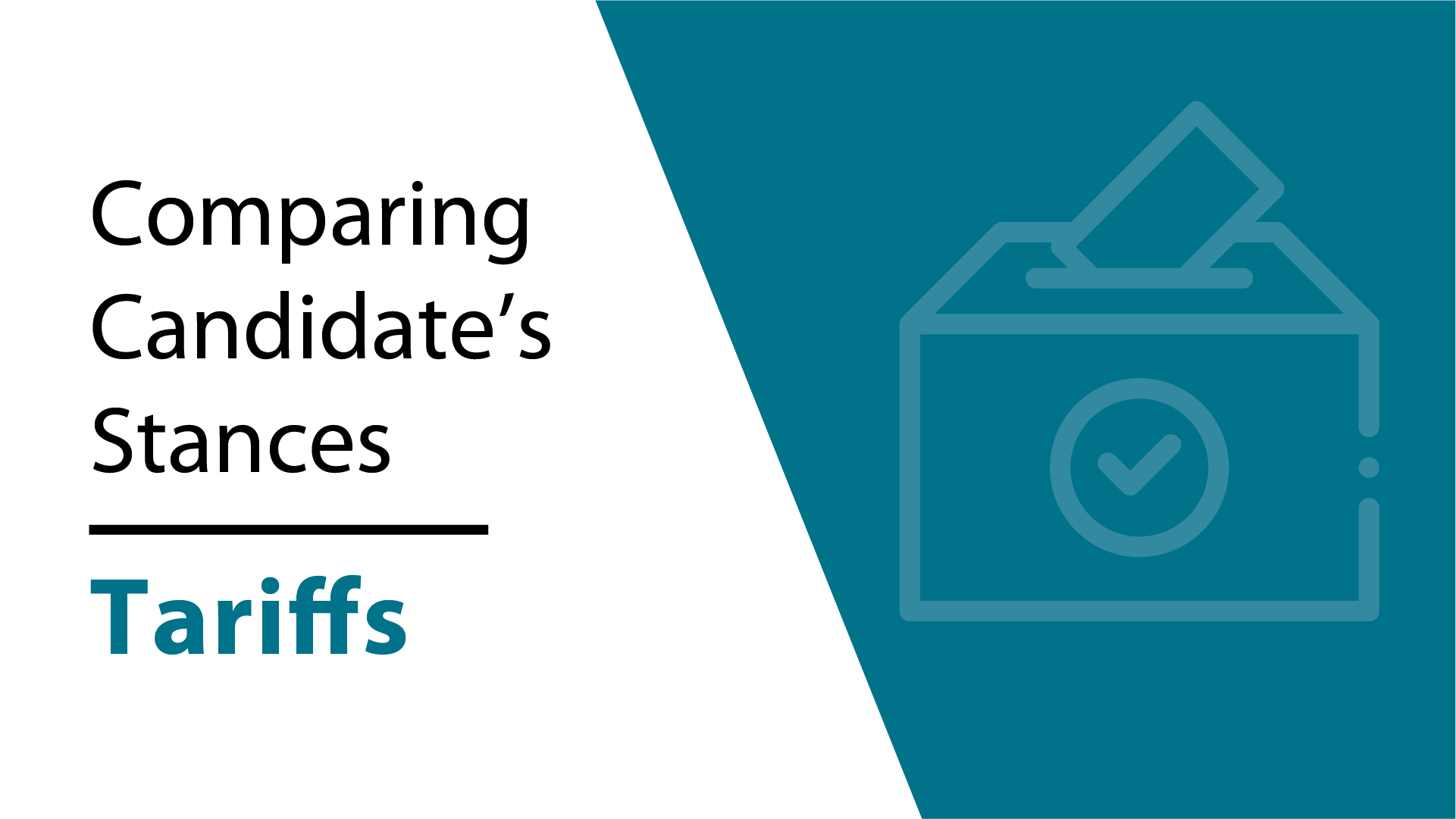This website uses cookies so that we can provide you with the best user experience possible. Cookie information is stored in your browser and performs functions such as recognising you when you return to our website and helping our team to understand which sections of the website you find most interesting and useful.
News
Election 2020 Issues Comparison: Tariffs
With just under three weeks left before the 2020 elections, we continue to examine where President Donald Trump and former Vice President Joe Biden stand on some of the most critical issues to the vinyl industry. You can read previous issues comparisons here.
This week we will dig deeper into the candidates’ positions on trade, specifically focusing on tariffs. No doubt, the U.S. trade policy saw a monumental shift under President Donald Trump’s administration. He sanctioned tariffs against China’s longstanding unfair trade practices and used tariffs to leverage the United States’ allies with differing views regarding trade deficits. Former Vice President Joe Biden has a more globalist view of trade, and while he may keep some of Trump’s tariffs in place on China, he would most likely end Trump-era tariffs on allies and seek other ways to pressure China to meet its WTO obligations..
President Trump’s Stance
President Trump has called tariffs “the greatest negotiating tool in the history of our country” and has used several different tariffs in his trade policy as leverage – like using them to punish China’s intellectual property theft and influence other nations during negotiations. Trump believes trade deficits are harmful to the United States and has used tariffs and other duties to spur corrections, even when it comes to U.S. allies. The President has focused his use on three main categories of tariffs: Section 201, Section 232, and Section 301 sanctions.
Trump has increased the scope of “national security” tariffs on products such as steel, aluminum, and lumber under Section 232 of the Trade Expansion Act of 1962. He has also used reciprocal tariffs that have impacted U.S. exports of many domestic industries, including many agricultural products. The President also placed Sec. 201 tariffs on washing machines and solar panel components. The President’s use of tariffs has raised significant issues for Congress, including the economic effects of tariffs on the overall U.S. economy as well as the United States’ role in the global trading system. In a second term, Trump will most likely continue using tariffs as a tool and focus on decreasing U.S. trade deficits.
Joe Biden’s Stance
Joe Biden has stated that he opposes the “misuse” of unilaterally applying tariffs and that he supports using a more “steady and serious” approach when using their leverage. Biden also opposed the escalation of a trade war with China, saying the tariffs hurt American businesses and consumers.
The former Vice President has toughened his stance on China regarding steel dumping, violating World Trade Organization (WTO) rules, and stealing intellectual property. As we reported in our last trade report, Biden is unlikely to remove all of President Trump’s tariffs on China, but will likely be targeted in revoking them to encourage negotiations. Biden and Trump agree on China’s threat to technology, and Biden vows to restrict imports from China that are deemed to be a national-security threat.
Biden will likely rescind some of the 232 tariffs placed on our allies and work to restore global trade order that was in place prior to President Trump. He says he will coordinate with the Organisation for Economic Co-operation and Development (OECD) countries and possibly re-engage with Transatlantic Trade and Investment Partnership (TTIP) (formally TPP) to counter China. Biden will also turn to other devices in the President’s trade policy toolbox such as implementing “carbon adjustment fees” and quotas on imports from countries that fail to meet climate targets and impose taxes or reverse subsidies on companies that move jobs overseas.


